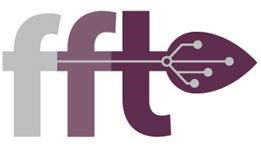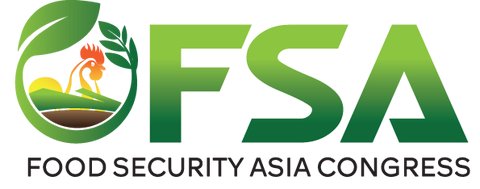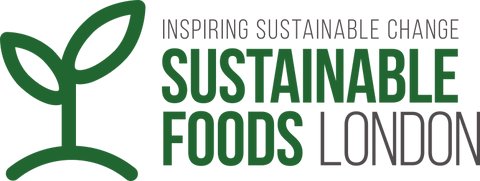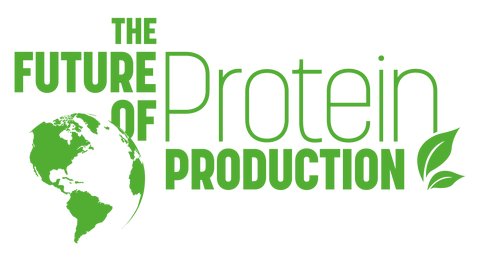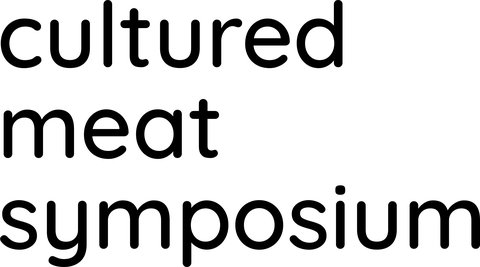Closing the Loop: Cellular Agriculture Meets the Circular Economy
August 11, 2021 - 4 min read
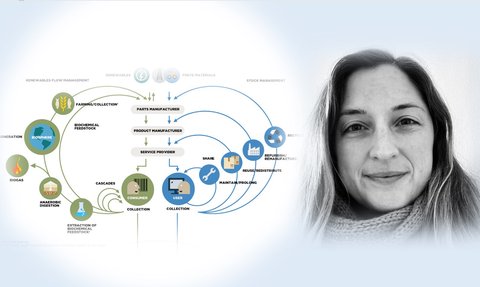
Featured
“The thing about the cellular agriculture supply chain is that there isn’t one,” says Dalhousie University Ph.D. candidate, Dawne Skinner. But that’s not necessarily a bad thing. Skinner is a New Harvest Research Fellow whose research focuses on identifying opportunities for the cellular agriculture industry to apply circular economy interventions to its processes.
This economic sustainability paradigm, also sometimes referred to as a closed-loop system, is focused on designing waste out of the economy, keeping materials in use, and regenerating natural systems. According to the Ellen MacArthur Foundation, decoupling economic activity from the consumption of finite resources can improve the triple bottom line — the social, environmental, and financial outcomes of our economic system.
“Many other industries use a linear model — take, make, use, and dispose — which is clearly unsustainable. Once a supply chain is established,” says Skinner, “it is essentially locked in because it is too costly to reconfigure. Given that the cell-based industry is nascent, we are in the stage of initiating a new supply chain. My research aims to figure out how we can start this supply chain off on the right foot.”
Skinner’s work is particularly noteworthy because, as an environmental engineer and consultant who recently completed an MBA in Innovation, Enterprise, and the Circular Economy, she brings a fresh perspective to a field dominated by those with a biotech background.
That industry focus on biotech isn’t surprising given that the majority of cellular agriculture research and development (R&D) leverages the pharmaceutical supply chain. “Pharmaceutical-grade applications have higher purities than food-grade applications, which incurs many additional costs in the production of cell-based products,” says Skinner. “This could be overcome, in part, with a more appropriate approach to inputs and outputs.”
In other words, where any opportunities exist to produce culture media from non-pharmaceutical-grade inputs, the industry can, in theory, dramatically drive down not only the R&D costs but those passed along to the consumer as well, making the future of cellular agriculture much more viable. And while proponents of cell ag suggest that the technology has the potential to eliminate many of the adverse environmental outcomes associated with conventional animal production, preliminary life-cycle analyses suggest that the technology isn't inherently superior across all sustainability metrics — due to its higher energy, wastewater processing, and feedstock requirements.
As Skinner noted in her New Harvest application, though, the purpose of her project “is to identify opportunities for this budding sector to leverage the potential triple-bottom-line benefits of closed-loop/circular economy production systems and supply chains [...] to gain competitive advantage, improve sustainability, and to model/optimize such a system.” In innovation, there’s hope. A 2017 study, for instance, suggests that adopting a closed-loop supply chain in agricultural production resulted in an 11% increase in profitability and a 28% improvement in environmental outcomes.
Skinner’s research, very much in line with these goals, will take the form of a case study. “We first need to build a model based on existing knowledge and processes. Once we get the model built and validated, we will be looking for data from companies who are working on the same product to run through the model and record how much of an improvement there is. We have not yet reached out to companies, but we are hoping to get ones who are at the stage where they are thinking about building their facilities and processes so we can help maximize potential.”
Skinner’s background is in industrial and environmental engineering and, as the owner of Net Positive Solutions Consulting, which is focused on empowering mission-driven and non-profit organizations, she was looking for opportunities to combine engineering with sustainability. “My passion lies in animal welfare, and when I heard about cellular agriculture, I thought about how I could apply my skills to advance the field. Meat production comes with a host of environmental, social, and ethical dilemmas, and I aligned with cell ag’s principle of changing the means of production rather than the product itself.”
This approach parallels the circular economy’s macro-level emphasis on systems change, rather than homing in on incremental fixes or relying on individual austerity. “We’ve been beating consumers over the head with the concept of sustainability for the past 25 years or so, and we are actually worse off. If we can make systemic adjustments, rather than demanding change of individuals, that is less sacrifice on the part of the consumer and thus longer-lasting change.”
For too long, sustainability has been framed as binary in opposition to convenience or as a liability to economic interests — but within a functioning circular economy, Skinner emphasizes that these realities can coexist. “The key is shifting away from something that is unsustainable while at the same time improving the economy’s triple bottom line. This could enable developing countries to leapfrog into a less environmentally intensive future and help developed countries to provide new opportunities to companies. Whenever systems change, there is opportunity to include people that have previously been underrepresented.”

